Give your body a boost before winter arrives. One way to do this is meal planning around the seasons. Be proactive, support your health, and make use of this Top 8 Seasonal Fall Foods Guide to nourish your body through the fall and winter months.
Food For Thought And Body Too
I live in California where we do not experience significant shifts in the seasons. However, our bodies can sense the changes in lighting, temperature and, of course, the change in routine. As you travel east, the changes become more obvious and the need to accommodate becomes significantly more important. The food we choose to consume can help nourish the body through these seasonal changes. Let’s talk about what’s in a healthy food arsenal in fall and winter.
Top 8 Seasonal Fall Foods
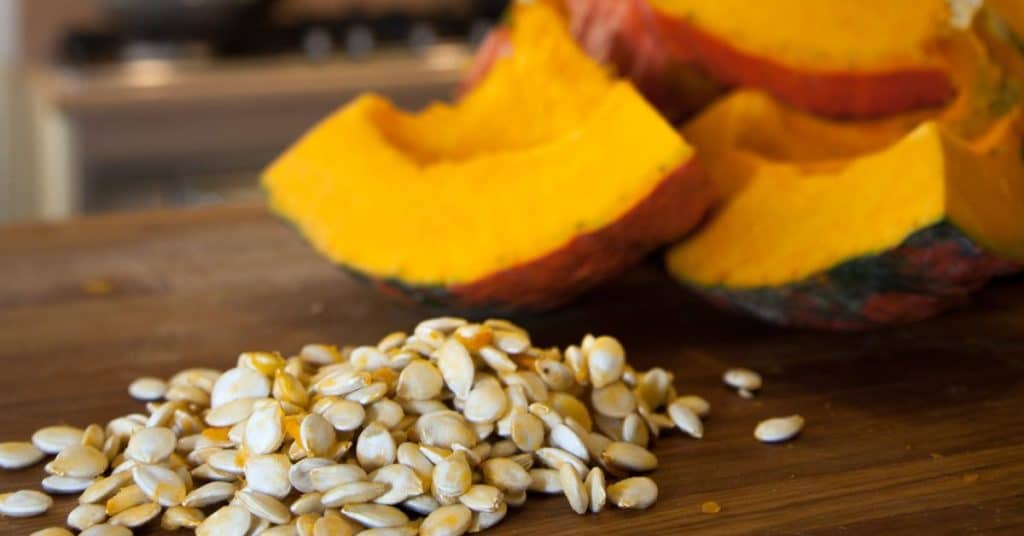
1. Pumpkin
This vegetable should be part of a healthy diet beyond the traditional pumpkin pie for Thanksgiving. It is easy to digest, loaded with fiber and provides vitamin A. Most people consume pumpkin with sugar, but I prefer to mix it with herbs and spices for a savory flavor. This includes plain canned pumpkin or fresh pumpkin. Just avoid canned pumpkin with added sugar.
Emily’s Go-To: In the fall and winter months, I add pumpkin puree to chia seeds to create a satisfying and nutrient dense chia seed pudding.
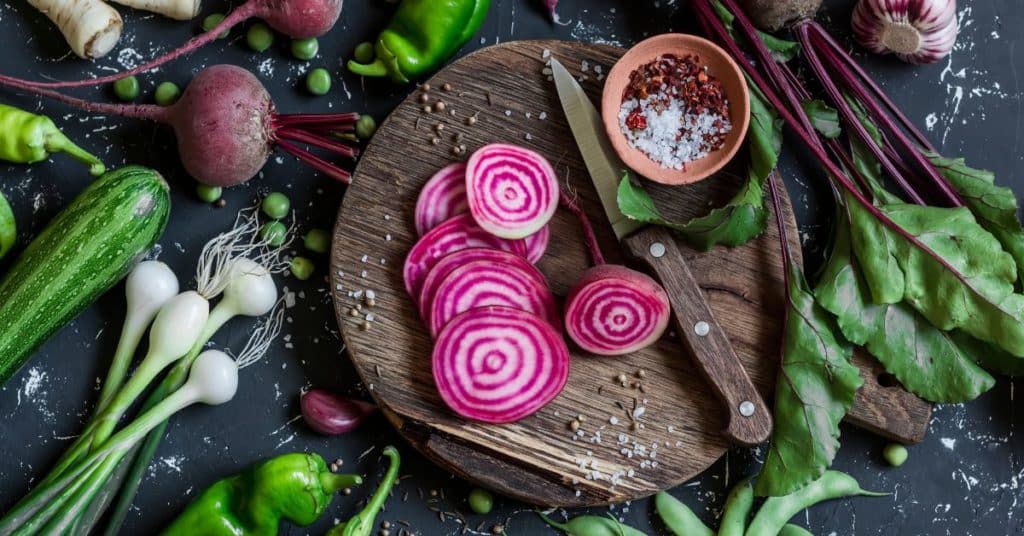
2. Beets
This seasonal vegetable can be consumed in its entirety. The leaves are a good substitute for other common greens like kale or spinach. They are a great addition to any soup. Be sure to wash the greens well to eliminate soil. The beet root can be served as a side dish or as a replacement for tomatoes in a pasta sauce.
Emily’s Go-To: Go to your local farmers’ market to find a variety of jeweled colored beets and serve them as a salad with goat cheese and pistachios on a bed of greens.
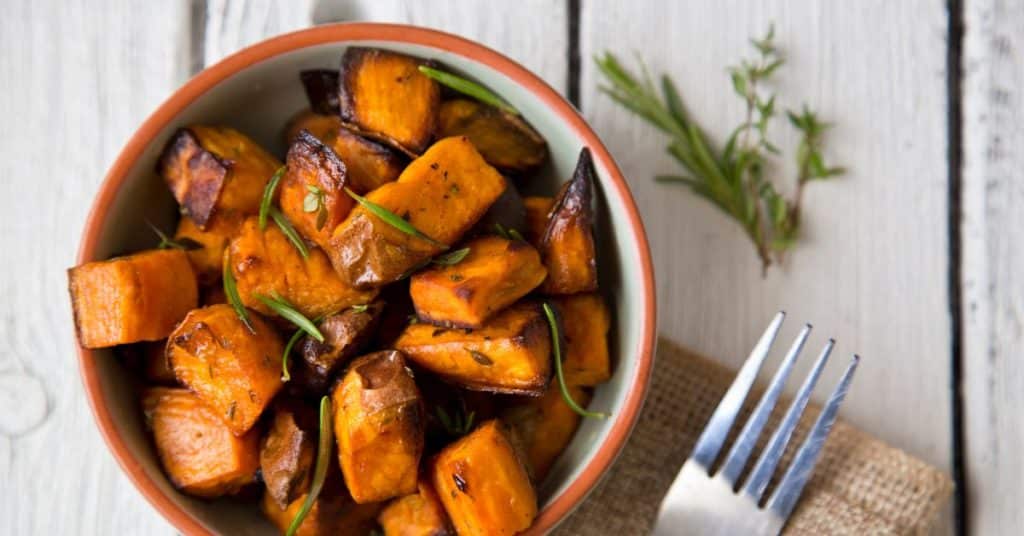
3. Sweet Potatoes
Emily’s Go-To: Use this starch in place of the white potato.
It can be roasted, steamed, fried or pureed. Instead of loading up on vitamin C supplements, add this vitamin C rich food to the diet. It’s a change of pace from the usual vitamin C sources including citrus and tomatoes and not as acidic.

4. Spaghetti Squash
This is an easy pasta alternative for those who are gluten-free or grain-free. The beauty of this squash is that it absorbs the flavor of the sauce whether pesto, olive oil and salt, or tomato sauce. Add other vegetables to enhance the texture of the dish. In preparing the squash, I pierce it with a sharp knife and bake it in the oven on a cookie sheet for about one hour. Remove the squash from oven and cut in half horizontally. Scoop out the seeds and scrape the pulp to achieve long spaghetti strands.
Emily’s Go-To: This is a great pasta alternative to use with your favorite pesto or tomato sauce.
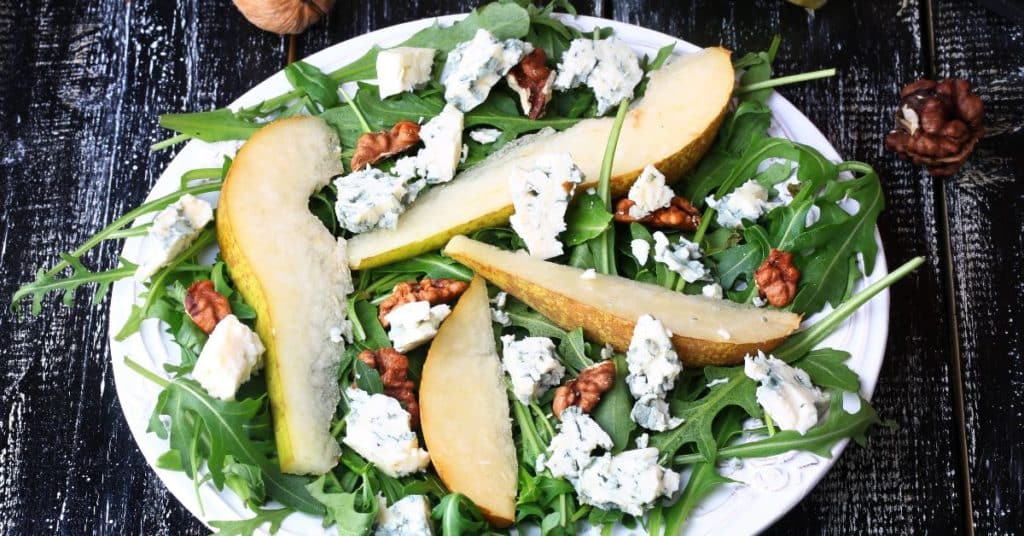
5. Pears
This is the forgotten fruit winter dessert. I splurge during the pear season and purchase Harry and David pears. This is a gift to me, by me and for me. This fruit is so good that you will eat the skin and pulp giving your body an extra dose of fiber – up to 6 grams per pear. Ripe pears are easy to find in the local grocery store too.
Emily’s Go-To: This fruit can be consumed alone, added to a green salad, poached in wine, paired with cheese, or canned for another season.
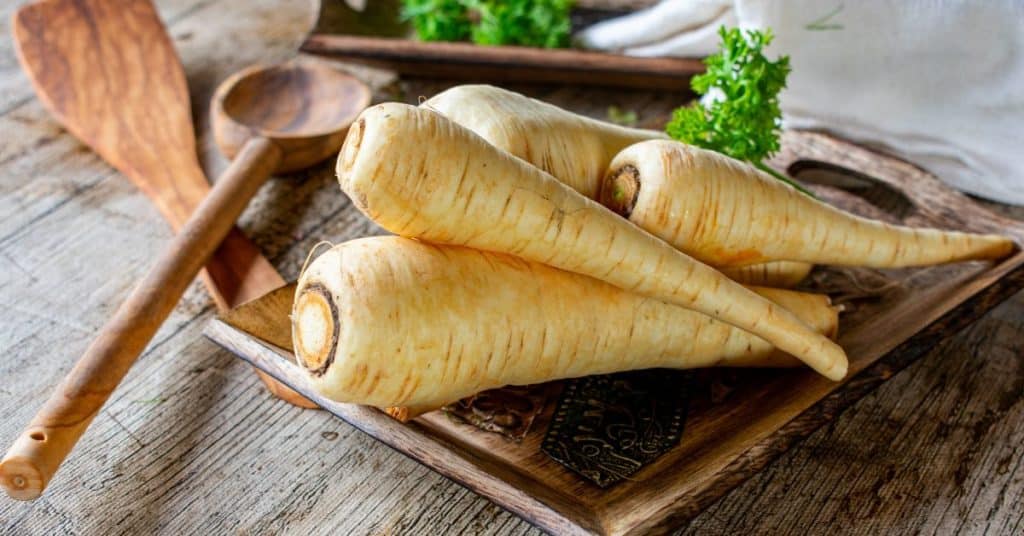
6. Parsnips
This vegetable is another good substitute for potatoes or carrots. It is part of the carrot family. However, its texture allows it to be pureed to a smooth consistency. Enjoy this vegetable for an added dose of vitamin C or folate.
Emily’s Go-To: Swap your carrots or potatoes for this seasonal fall food.
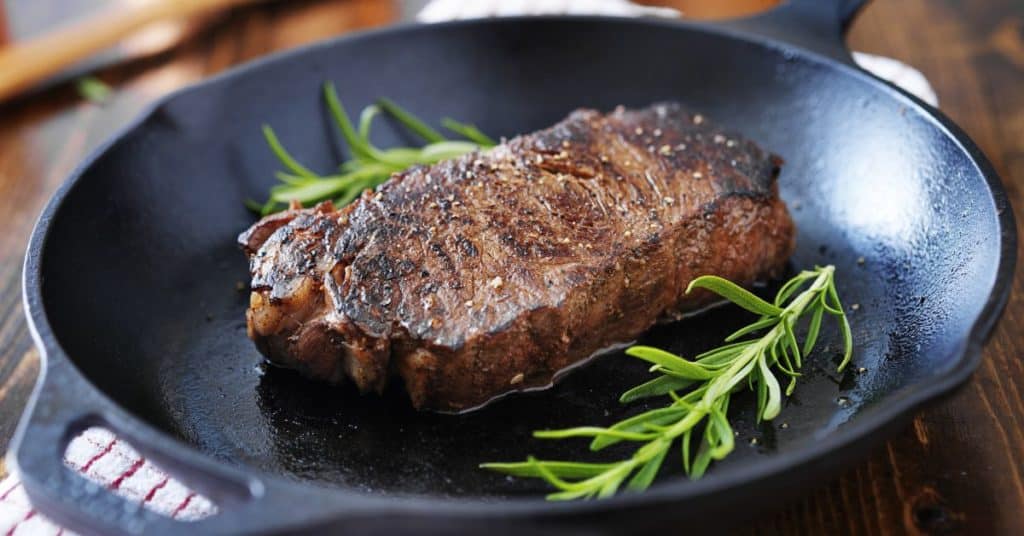
7. Vitamin D-Rich Foods
Protein-rich vitamin D food sources are especially important during fall and winter. Exposure to vitamin D from the sun lessens during these two seasons so we need to utilize ingredients that maintain and support our vitamin D needs. See my previous blog to learn more about the under reported benefits of vitamin D and sunlight exposure.
Emily’s Go-To: Think eggs, red meat, and salmon.
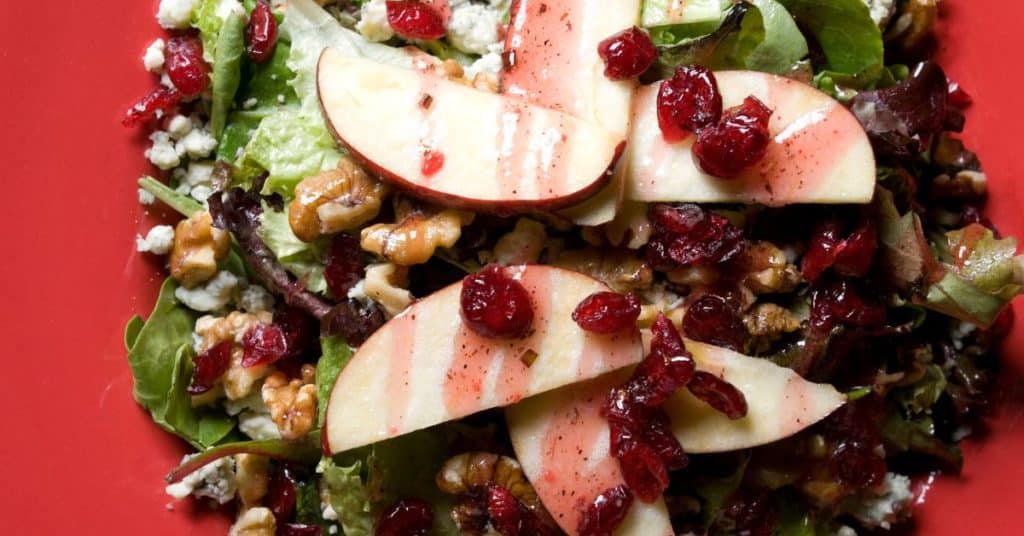
8. Quercetin-Rich Foods
During fall and winter, there are a variety of seasonal foods that are rich in quercetin. Quercetin is a flavonoid found in fruits and vegetables. A 2022 review touted the benefits to include anti-viral, anti-inflammatory, anti-oxidative, anti-proliferative, anti-carcinogenic and anti-diabetic properties (1). One of the most significant food sources of quercetin is the onion. Other sources include apples, cranberries, and kale. All of these are fall and winter plant sources.
Emily’s Go-To: Utilize seasonal fall foods, such as onions, apples, cranberries, and kale each week of fall or winter.
Quercetin is a flavonoid found in fruits and vegetables. A 2022 review touted the benefits to include anti-viral, anti-inflammatory, anti-oxidative, anti-proliferative, anti-carcinogenic and anti-diabetic properties (1).
My Favorite Seasonal Fall or Winter Foods Meal Idea
My go-to fall or winter menu item is soup or stew. I find these types of meals to be comforting. In fact, this is a common sentiment. A 2021 study (2) noted that fruit and vegetable consumption resulted in a reduction of mental health symptoms including depression and anxiety. Fall and winter seasonal ingredients lend themselves as good ingredients for soup and stew. Individuals choosing these dishes consume more plant-based foods. And the heating process activates nutrients that are otherwise not available in the raw state. The combination of ingredients can also restore the health of the gastrointestinal tract which plays a role in mental health. Have you ever heard of the gut-brain connection? The more sound the intestine, the better the communication between these two organs.
A 2021 study (2) noted that fruit and vegetable consumption resulted in a reduction of mental health symptoms including depression and anxiety.
My Top 8 Seasonal Fall Foods Recap
Focus on foods you can gather at your local farmers’ market or that are being featured in your grocery store – these include pumpkins, beets, sweet potatoes, spaghetti squash, pears and parsnips. You might also want to add in foods that can help deplete common fall or winter nutritional deficiencies, like Vitamin D or quercetin. These might include foods like, eggs, red meat, and salmon, or onions, apples, cranberries, and kale.
If you’re seeking more detailed guidance on how to eat seasonally or for getting through this holiday season, contact me.

